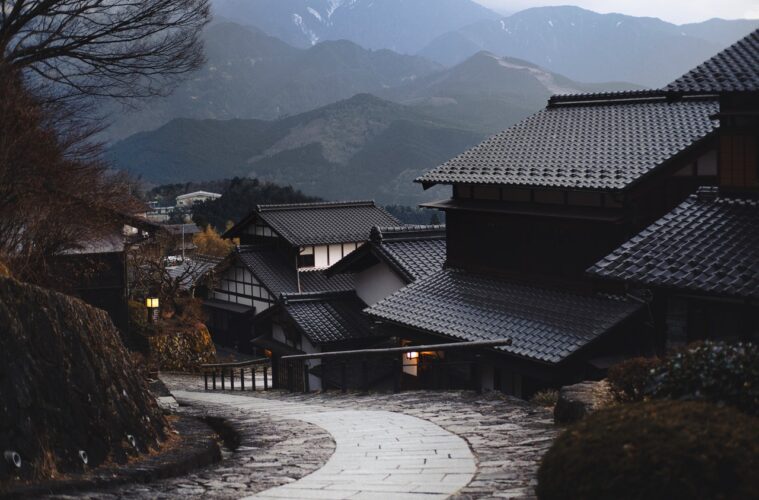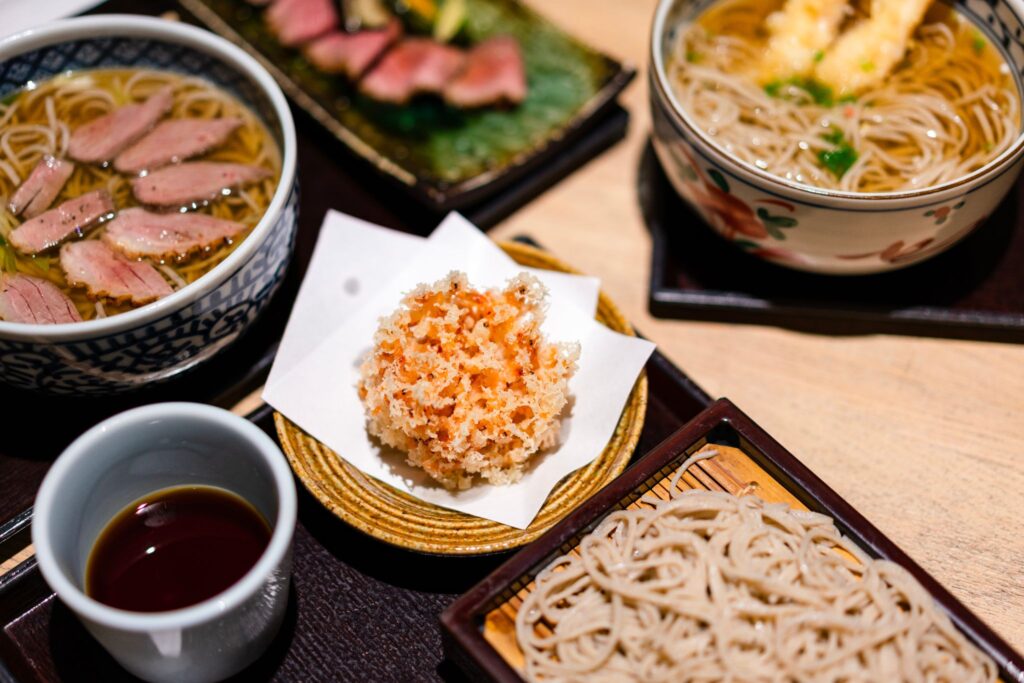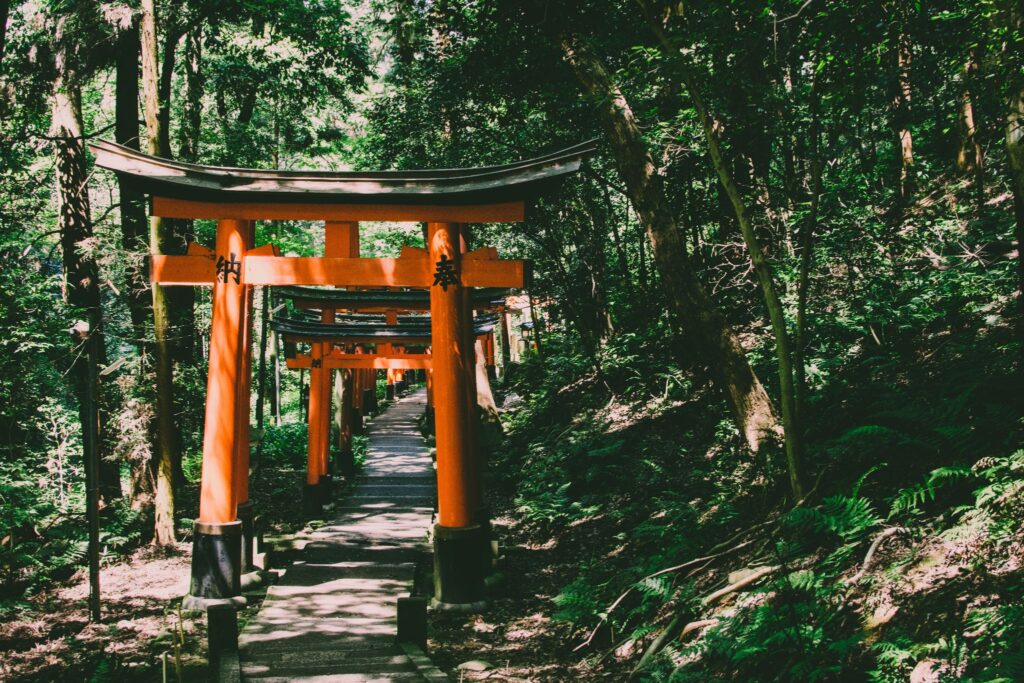Japan’s tourism industry has boomed in recent years, with pre-pandemic visitor numbers topping 31 million in 2019. Despite its popularity, many still see Japan as an expensive travel destination. Of course, expensive hotels with world-class amenities, fine-dining restaurants, and luxury travel options are available for those suitably inclined, but it is also possible to have an amazing, culturally-varied visit on a limited budget. With this in mind, we provide some useful information below to make your trip more enjoyable, and more importantly, stretch your budget further.
Getting around
Japan’s transport infrastructure is one of the best in the world. With the archipelago of Japan stretching nearly 3,000km from the Northern tip of Hokkaido, down to the tiny Okinawan island of Hateruma, transport options cover a wide variety of methods. With an intricate and extensive network, rail travel generally provides the most efficient choice. Since 2017, Japan Rail has offered visitors to the country a special ticket: The Japan Rail Pass. Pre-purchased before travel and collected on arrival in Japan, the rail pass allows guests to travel on the majority of JR lines, for a duration of 7, 14, or 21 days. Some Shinkansen (bullet train) services are also included, which makes this such a great deal.
Photo by Rikku Sama
With a new Shinkansen line currently under construction in Hokkaido, it will soon be possible to travel by train from the main island, all the way through to Asahikawa in Hokkaido. This will make popular tourist destinations, such as the world-famous Niseko Ski Resort and Sapporo City much more easily accessible.
While the JR Pass can be a substantial purchase, those looking to travel more extensively around Japan are all but guaranteed to save money in the end.
The next method of transport worth exploring is Low-Cost Carrier Airlines. Companies such as Jetstar Japan, Peach Airways, and Skymark operate popular routes within the country, all at very good prices. While rail travel remains the best option for stopping at several destinations (between Tokyo and Hiroshima for example), airlines make getting to locations further away much easier. Hokkaido, Kyushu, and Okinawa are all accessible in just a few hours, often for less than ¥10,000 ($100) one way.
While adding extras such as baggage can make things more expensive, luggage forwarding services provide a cheap and quick alternative to carrying everything with you. Visitors are able to send large items of luggage anywhere in Japan, via companies such as Japan Post Office and Takyubin (Blackcat), for as little as ¥3,000 ($30). This is especially convenient for guests bringing large equipment, such as skis and snowboards, who wish to continue onward after visiting the snow.
Where to stay?
Accommodation tends to be the biggest outlay when visiting Japan. Most hotels available on popular travel sites can be rather expensive, which quickly adds up on longer holidays. What many visitors don’t know is that there is a wealth of cheaper options available, without sacrificing service or location. Business Hotels are a huge phenomenon in Japan and provide no-frills, good quality accommodation for those traveling for work, but are just as good an option for tourists as well. These hotels tend to be well-equipped and comfortable, if sometimes a little small, and often include breakfast. Prices can start around ¥5,000 ($50) per night; significantly lower than hotels that specifically target tourists.
Capsule hotels also provide an excellent option for those wishing to stretch their budget even further. While not for everyone, many capsule hotels are very modern with excellent facilities. With prices starting from around ¥2,000($20) per night, and some offer discounted weekly and monthly rates, capsule hotels are a good budget option, especially for visitors staying for longer durations.
Food and Drink
Japanese cuisine is world-famous and for good reason. No trip to Japan is complete without sampling as much of the local cuisine as possible. While eating out can quickly get expensive in any country, there are plenty of ways to eat well and save money in Japan.
In Japan, lunch is King. With many workers pressed for time, a lot opt to eat their lunch outside of the office. This has led to an explosion of the number of restaurants offering lunchtime specials. Many chain restaurants offer Set Menu lunches or Teishoku. These include the main dish, usually accompanied by rice and miso soup, all for around ¥1,000/$10 (often even cheaper outside of popular tourist areas). The quality and portion sizes are excellent and this is often the best way of sampling Japanese cuisine, without breaking the bank.
Photo by White.Rainforest ∙ 易雨白林.
Dining in the evening is usually more expensive, but Japanese-style Izakayas are a good option for those looking to spend less. Popular with the Japanese after work, Izakayas provide a relaxed atmosphere and cheap drinks, along with a menu of smaller dishes. Perfect for people still a little full from lunch!
Those who have been to Japan before will testify that convenience stores are a godsend. Aptly named, with literally tens of thousands of locations throughout Japan, you will never find yourself far from a convenience store. These shops are perfect for snacks, drinks as well as Japanese bento lunches. Prices and quality are consistent throughout. It is possible to eat a nutritious meal here for a fraction of the cost of a restaurant and is the ultimate friend to the budget traveler.
Make the most of the Attractions
The sheer number of tourist attractions in Japan is enough to make anyone feel overwhelmed. Castles, temples, museums, and shrines make up just a fraction of what is on offer but represent the most popular options for tourists. We are sure you will be determined to absorb as much of the culture as possible, but a few popular attractions per day can quickly add up. It sounds obvious, but tourist information centers are a hugely underutilized resource. With the internet providing a wealth of information and guidance, many visitors overlook tourist information spots, but this is a mistake. While the staff are immensely knowledgeable on local attractions, and can often provide special tips unknown to others, there is also one of our favourite things here: coupons! The use of coupons is widespread in Japan and it is not uncommon for them to provide substantial discounts or special tickets valid across several attractions. Magazines and leaflets are also on display; many of which contain special offers on food, drink, and entertainment. Utilising these discounts can stretch your budget further, allowing you to visit more areas and experience more.
Photo by Jan Gottweiss
With so much to do and see in Japan, one visit is never going to be enough. Armed with the knowledge above though, we are confident that you will be able to make the most of your visit. The Coronavirus Pandemic has seen the Japanese borders closed to tourists for almost two years. The tourism sector has been hit quite significantly and is eagerly awaiting the return of international business. With the Japanese government’s tourism targets still in place, you can be sure they will be doing everything possible to entice tourists back as soon as possible.




